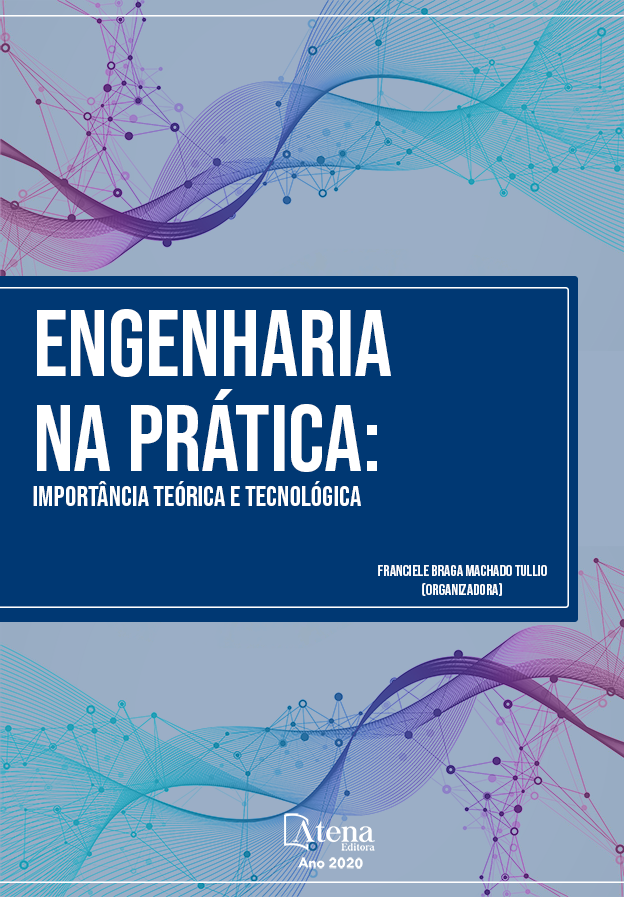
A INFLUÊNCIA DO NIÓBIO NA MICROESTRUTURA E PROPRIEDADES MECÂNICAS DO ALUMÍNIO: UMA REVISÃO
Considerando a importância da previsão das estruturas de fabricação das ligas de alumínio e as consequentes influências nas propriedades mecânicas, térmicas, elétricas, entre outras, a busca incessante pelo desenvolvimento de novas ligas de alumínio que atendam a requisitos cada vez mais rígidos de leveza e propriedades mecânicas, com custos aceitáveis e processos viáveis tem sido uma das grandes metas de diversos ramos da indústria. Todas estas influências citadas anteriormente afetam diretamente a aplicação das ligas. O nióbio vem sendo aplicado em aços, mostrando resultados promissores, seja pelo ganho de características distintas das conhecidas ou pela substituição de elementos mais caros que o nióbio, em que a troca, por exemplo, do manganês e do vanádio por nióbio em determinadas aplicações implica na redução de custo do processo mantendo-se as mesmas propriedades mecânicas, chegando a marca de USD 10 por tonelada de aço produzido. Esta pesquisa almeja a realização de uma revisão bibliográfica focada na fabricação de ligas Al-Nb, de tal forma que através da análise das variáveis térmicas, da macroestrutura e da microestrutura de solidificação e correlacionando-as com os teores de nióbio, permita-se avaliar a influência do nióbio sobre as mesmas e no refino de grão.
A INFLUÊNCIA DO NIÓBIO NA MICROESTRUTURA E PROPRIEDADES MECÂNICAS DO ALUMÍNIO: UMA REVISÃO
-
DOI: 10.22533/at.ed.0882024082
-
Palavras-chave: Solidificação Unidirecional, Nióbio, Alumínio, Variáveis Térmicas, Propriedades Mecânicas, Refino de Grão
-
Keywords: Unidirectional Solidification, Niobium, Aluminum, Thermal Variables, Mechanical Properties, Grain Refining
-
Abstract:
Considering the importance of forecasting the manufacturing structures of aluminum alloys and the consequent influences on mechanical, thermal, electrical properties, among others, the incessant search for the development of new aluminum alloys that meet increasingly rigid requirements of lightness and mechanical properties, with acceptable costs and viable processes has been one of the major goals of several branches of the industry. All these influences mentioned above directly affect the application of the alloys. Niobium has been applied to steel alloys, showing promising results, either by gaining characteristics different from those known or by replacing elements more expensive than niobium, where the exchange, for example, of manganese and vanadium for niobium in certain applications imply a reduction in the cost of the process while maintaining the same mechanical properties, reaching the mark of USD 10 per ton of steel produced. This literature review aims to carry out a study focused on the manufacturing of Al-Nb alloys, in such a way that through the analysis of thermal variables, the macrostructure and the solidification microstructure and correlating them with the levels of niobium, allow to be evaluated the influence of niobium on them and on grain refining.
-
Número de páginas: 8
- Gustavo Takehara Silva
- Vinicius Torres dos Santos
- Marcio Rodrigues da Silva
- Antonio Augusto Couto
- Givanildo Alves dos Santos
- Márcio Valério Rodrigues de Mattos


